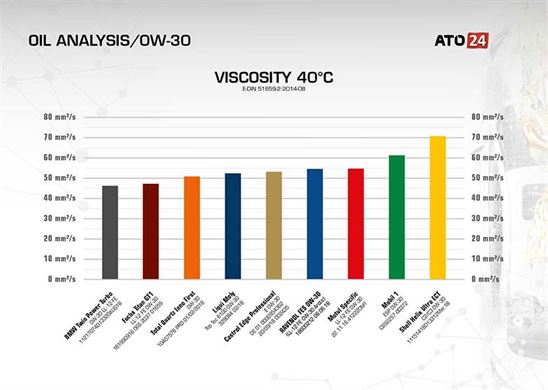
Car Oil 0W-30: The Complete Guide for Drivers
If you’ve ever stared at a shelf of motor oils and wondered what 0W-30 really means, you’re not alone. This oil grade is popular among drivers who want smooth cold starts, great fuel efficiency, and strong engine protection. Whether you’re a car enthusiast or just want to keep your engine happy, understanding car oil 0W-30 can save you money and prevent costly repairs.
What Does 0W-30 Mean?
Motor oil grades are defined by the Society of Automotive Engineers (SAE), and 0W-30 tells you two key things:
- 0W – The winter rating, showing how the oil flows at low temperatures. A lower number means it stays thinner in the cold, making cold starts easier.
- 30 – The viscosity rating at operating temperature, ensuring it stays thick enough to protect the engine when hot.
In short: 0W-30 oil flows easily in freezing temperatures but still protects the engine when it’s running hot.
When Should You Use 0W-30 Oil?
0W-30 oil is ideal for:
- Cold climates where winter temperatures often drop below freezing.
- Turbocharged and high-performance engines needing stable lubrication.
- Fuel-efficient vehicles designed to use low-viscosity oils.
- Long-distance drivers who want maximum engine cleanliness and protection.
Many modern cars, especially European models like Audi, BMW, and Volvo, recommend 0W-30 oil for optimal performance.
Benefits of Car Oil 0W-30
- Excellent Cold-Start Performance – No more sluggish cranking in winter.
- Better Fuel Economy – Lower viscosity reduces internal friction.
- Reduced Engine Wear – Strong film protection even under heavy loads.
- Cleaner Engine – Detergent additives prevent sludge build-up.
- All-Season Usability – Works well in both cold and moderately hot climates.
Technical Specifications of 0W-30 Oil
Here’s a typical specification table for premium synthetic 0W-30 engine oil:
| Property | Typical Value |
| SAE Viscosity Grade | 0W-30 |
| Base Oil Type | Fully Synthetic |
| Viscosity @ 40°C | ~72 mm²/s |
| Viscosity @ 100°C | ~12 mm²/s |
| Viscosity Index (VI) | ~170 |
| Pour Point | -54°C |
| Flash Point | ~230°C |
| High-Temp Shear (HTHS) | 3.5 mPa·s min |
| ACEA Rating | A5/B5 or C2 |
| API Service Category | SN, SP (varies) |
Top Brands Offering 0W-30 Oil
- Castrol EDGE 0W-30 – Popular for high-performance engines.
- Mobil 1 ESP 0W-30 – Known for low emissions and fuel economy.
- Shell Helix Ultra 0W-30 – Good for modern turbocharged engines.
- Liqui Moly 0W-30 Special Tec – Trusted in German-engineered cars.
How to Switch to 0W-30 Oil
If your car manual allows it, you can switch from a higher viscosity (like 5W-30) to 0W-30, especially in colder months. Steps:
- Check Owner’s Manual – Confirm manufacturer approval.
- Drain Old Oil – Replace filter for maximum cleanliness.
- Fill with 0W-30 – Use recommended quantity.
- Monitor Performance – Listen for engine smoothness and check for leaks.
FAQs About Car Oil 0W-30
Q1: Can I use 0W-30 in hot climates?
Yes, but it’s best for moderate heat. In extreme heat, a higher second number (like 40) may offer better protection.
Q2: Is 0W-30 better than 5W-30?
For cold starts, yes. Both protect well at high temperatures, but 0W-30 flows better in freezing conditions.
Q3: Can I mix 0W-30 with other grades?
It’s not recommended. Mixing can change viscosity and performance. Stick to one grade.
Q4: How often should I change 0W-30 oil?
Follow your car manual — usually every 5,000–10,000 miles for synthetic oil.
Conclusion
Car oil 0W-30 is a smart choice if you live in colder areas or drive a high-performance vehicle. It offers quick cold starts, great fuel efficiency, and superior engine protection. Just remember to check your manufacturer’s guidelines before making the switch.